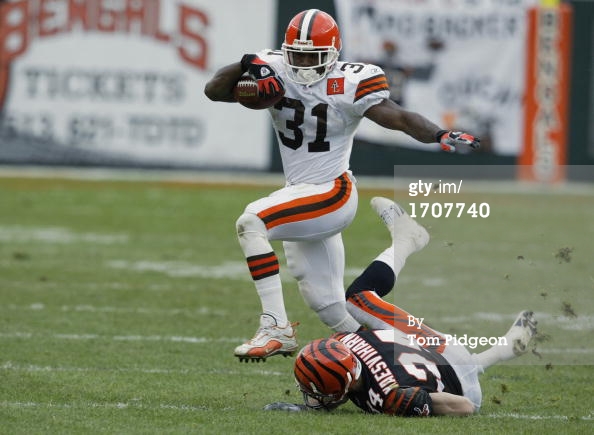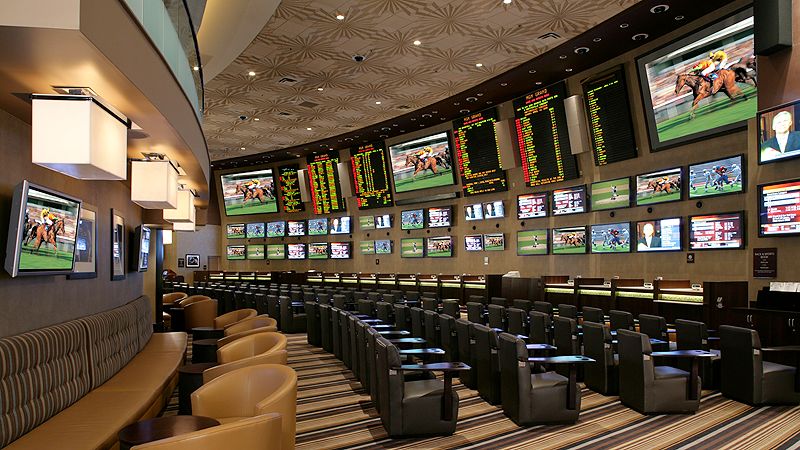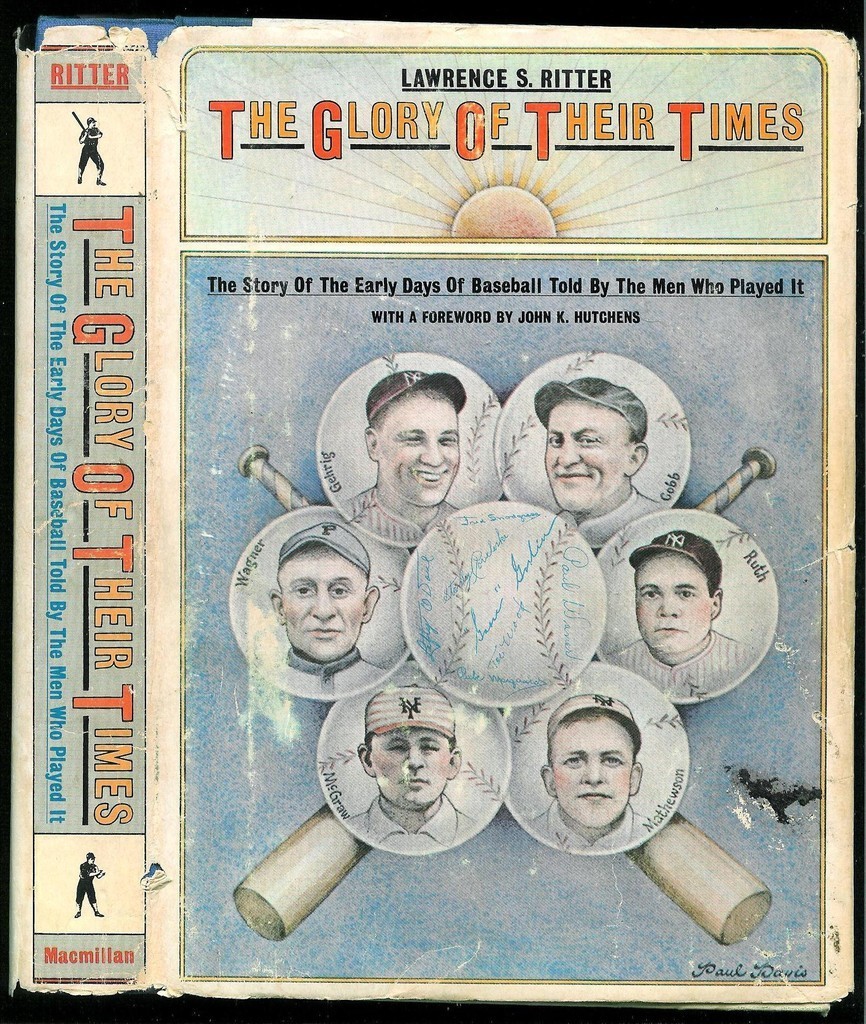This is one installment in a team effort by The Cleveland Fan, highlighting the top local sports figures by jersey number. Please weigh in with your thoughts, in the Boards. As David Letterman would say, “For entertainment purposes only; please, no wagering.”
“Why Jesse, is that a picture of William Green leading your piece on the most memorable Cleveland athlete to wear the number 31?” “Why yes, yes it is.”
Why, in a list that includes the likes of Bob Feller, Bill Willis and LeBron James, is William Green even being mentioned? After all, he’s one of the bigger busts in the history of the Browns franchise. Other than a brief stretch at the back end of his rookie season he did nothing to merit his high selection in the draft. He was an underachiever on the field and the proverbial hot mess off of it.
All of which, in part, actually answers the question. To be precise, there are three reasons why I’m writing about William Green as opposed to the obvious choice- Frank Minnifield.
1.) I’m of the belief that you can’t talk about Minnifield without talking about Hanford Dixon, and vice-versa. The two are forever linked in the sports history of this city. And since I didn’t write about Hanford Dixon at #29, I won’t write about Frank Minnifield at #31. It’s got to be both or neither. Having one without the other would be like mentioning Bo but not Luke on a list of the Top 99 TV Rednecks.
2.) William Green is worth mentioning here because his career is so symbolic of the problems the Browns have experienced since returning to the NFL in 1999. A team lives and dies on the fortunes of its top draft picks. If they succeed, so does the team; if they fail… well, you know from watching the Browns over the last several years.
3.) With Minnifield out, it was down to Green or Jawad Williams. Would you rather read about William Green, or Jawad Williams? To ask the question is to answer it.
Cleveland’s failed first-round picks since 1999- specifically Couch, Brown, Warren, Green, Winslow and Edwards- have a few things in common:
Drafted in front of a better player- Check: To be technical, William Green went before many superior pros in the 2002 Draft. For starters: despite being the first running back selected, Green’s 2,109 career rushing yards are eighth in his class, behind a group that includes Brian Westbrook, Clinton Portis and the immortal Ladell Betts.
But you already know where I’m going with this. Six picks after the Browns took Green, Baltimore took Edward Reed with the 22nd overall selection. Butch Davis had recruited and coached Reed at Miami. So Reed, whose talent and leadership had been instrumental in the Hurricanes’ BCS-title drive in 2001, seemed to be an obvious fit in Cleveland.
Having taken Gerard Warren over LaDainian Tomlinson the previous year, however, Butch now wanted a running back with his top pick. To be fair, he needed one. Cleveland had gone 31st, 30th and 31st in rushing yards since the Return, and not all of that was on the offensive line: the leading rushers in those years were Terry Kirby, Travis Prentice and James Jackson.
Edward Reed turned into a future Hall of Famer, possibly the best safety ever- and a Cleveland killer, with more interceptions and touchdowns against the Browns than against any other team. Green averaged 2.8 yards per carry and didn’t score a touchdown in six games against the Ravens. Passing on Edward Reed for William Green is the single biggest draft-day blunder the Browns have made since the Return, and that is saying a mouthful.
 Flashed brilliance- Check: Pretty much every post-1999 first-round bust enjoyed brief moments where they showed the form that had made them so highly touted to begin with. Tim Couch, Courtney Brown, Gerard Warren, Braylon Edwards, Kellen Winslow- all played like first-round talent at one point or another. Whether due to injuries, physical shortcomings or a lack of focus or passion, none found the consistency that enables greatness.
Flashed brilliance- Check: Pretty much every post-1999 first-round bust enjoyed brief moments where they showed the form that had made them so highly touted to begin with. Tim Couch, Courtney Brown, Gerard Warren, Braylon Edwards, Kellen Winslow- all played like first-round talent at one point or another. Whether due to injuries, physical shortcomings or a lack of focus or passion, none found the consistency that enables greatness.
William Green flashed late in his rookie season- flashed so brightly, in fact, that it showed the way to the franchise’s only playoff appearance since the Return. What made it more memorable was how unexpected it was. Green was horrible for more than half that season, averaging 2.3 yards per carry and scoring one touchdown in his first nine games. He really looked as if he didn’t belong on an NFL field.
Then, out of nowhere, he busted loose- starting in Week 10 at Cincinnati, when he ran for 96 yards on 25 carries and memorably trucked Bengal safety Kevin Kaesviharn. In the last seven games of the ’02 season Green ran for 726 yards at 4.2 per carry and scored five touchdowns. His final-week performance against Atlanta was one for the ages With the Browns needing a win to keep their playoff hopes alive, Green ran for 178 yards on 27 carries and scored two touchdowns, including the 64-yard explosion that put the Browns ahead 24-16 with 3:53 remaining.
The Browns went 5-2 in those seven games. It wasn’t a coincidence. They made the playoffs on William Green’s back. He got them there more than anyone else. (A weak year for the AFC didn’t hurt either, of course.)
Off-the-field drama- Check: From Gerard Warren’s rookie-year felony arrest (in Pittsburgh, of all places) to Kellen Winslow’s motorcycle escapades, to Braylon’s dust-up with an undersized friend of LeBron James, to Joe Haden’s adventures in Adderall, too many would-be Browns stars have made bigger headlines off the field than on it.
William Green was a troubled individual long before he got to Cleveland. Both of his parents died of AIDS within a year of each other when he was a teenager. He was suspended twice for marijuana use while at Boston College.
His demons followed him to Cleveland. On October 28th, 2003, Green was pulled over and arrested in Westlake for DUI and marijuana possession. Two weeks later the NFL handed Green a four-game suspension for violating the league’s substance abuse policy.
Matters didn’t improve from there. A week after being suspended, Green’s fiancée was arrested for allegedly stabbing him in the back with a kitchen knife. There were rumors at the time that Green was involved with Kevin Johnson’s wife, and that his bedraggled appearance at the time of his arrest (he was wearing one shoe and one sock) were the result of KJ catching him in a compromising position with the receiver’s wife. They may also account for Green’s fiancée attempting to carve him up like a rotisserie chicken. (As if the rabbit hole didn’t go deep enough, KJ himself was abruptly released later in the season.)
Green didn’t play again in 2003. By the time he came back the following season he was yesterday’s news. The new fan idol was Lee Suggs, the brittle ball carrier that had hung 186 yards on the Bengals in the ’03 finale. Green never regained the momentum he lost when his personal issues overtook his career. He was only 25 years old when he played his last NFL game.
It’s a sad story, really.
Burned out early- Check: See above. Green’s 46 games played is the fourth-fewest among 2002 first-rounders, behind only Wendell Bryant (29), Patrick Ramsey (38) and Mike Rumph (43.) Like Tim Couch, Courtney Brown, Braylon Edwards and Kellen Winslow, William Green didn’t see his 30th birthday as an NFL player. And none of those players spent more than five seasons in a Browns uniform.
Of the five players the Browns selected in the first round from 1999 through 2003, none were still with the team when it opened the 2006 season. Couch, Brown and Green were out of football; Warren was in Denver and Jeff Faine was in New Orleans. That right there is why a team loses more than two-thirds of its games since coming back to the league.
William Green’s story is worth re-telling not because of the man but because of what he represents. The agony of the Browns- the decline from greatness, the Move and the wretched expansion reincarnation- is one of the overriding themes of the Cleveland sports experience. William Green symbolizes that agony about as well as anyone.





 Conference tournaments offer some great betting possibilities. The precursor to March Madness, the conference tournaments are like a really tasty appetizer before a good entrée. What’s nice about the conference tournaments is that most of the teams playing against each other have already played twice, so a lot of information can be gathered from those two games. Also, you can guarantee max effort from the underdogs because it’s win or go home. Both teams are in that situation, but the better team can overlook a lesser foe.
Conference tournaments offer some great betting possibilities. The precursor to March Madness, the conference tournaments are like a really tasty appetizer before a good entrée. What’s nice about the conference tournaments is that most of the teams playing against each other have already played twice, so a lot of information can be gathered from those two games. Also, you can guarantee max effort from the underdogs because it’s win or go home. Both teams are in that situation, but the better team can overlook a lesser foe. What is your earliest childhood memory? Can you hearken back to when you were four years old? Three? I have a memory from November, 1963. I was 27 months old. I was sitting with my sister on the tiled family room floor, between our mother and the black and white television with the furniture legs and the rounded glass screen. Mom was ironing.
What is your earliest childhood memory? Can you hearken back to when you were four years old? Three? I have a memory from November, 1963. I was 27 months old. I was sitting with my sister on the tiled family room floor, between our mother and the black and white television with the furniture legs and the rounded glass screen. Mom was ironing. The walking wounded are starting to return for the Blue Jackets and it has propelled the team to a four-game point streak. On Tuesday night, they beat the Edmonton Oilers in a shootout to win back-to-back games for the first time all season. Nine of the team’s last 10 games have been decided by just one goal and four of them have gone to overtime. In a season where trying to find silver linings is the way to stay sane, the Jackets’ effort level has been one of the most consistent elements of their game and it’s starting to pay off.
The walking wounded are starting to return for the Blue Jackets and it has propelled the team to a four-game point streak. On Tuesday night, they beat the Edmonton Oilers in a shootout to win back-to-back games for the first time all season. Nine of the team’s last 10 games have been decided by just one goal and four of them have gone to overtime. In a season where trying to find silver linings is the way to stay sane, the Jackets’ effort level has been one of the most consistent elements of their game and it’s starting to pay off.